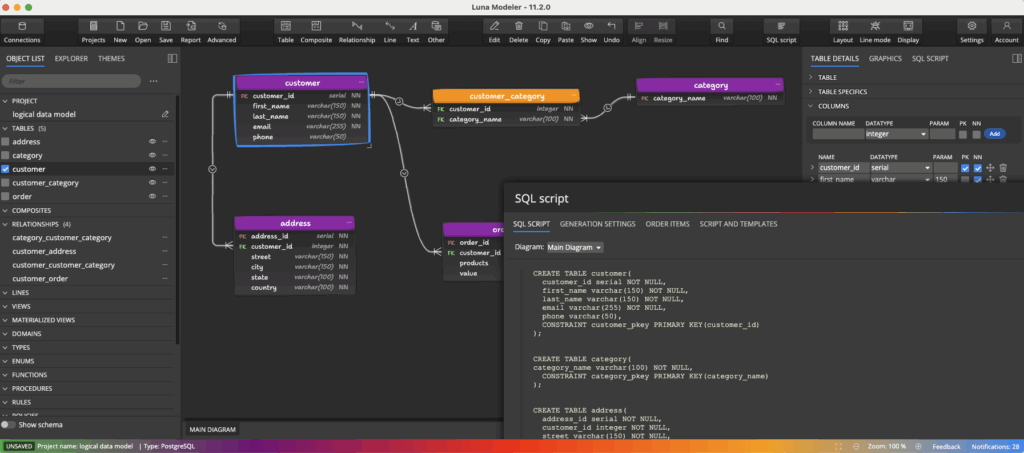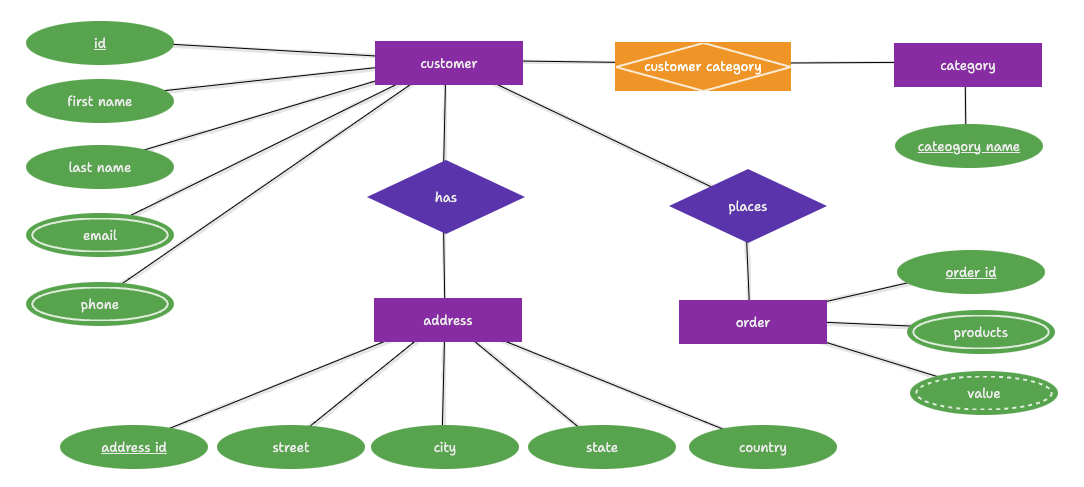In this article you will learn what a data model is and why it is so important in databases
Data Models
A data model serves as a visual representation of your data and its connections. It acts as a guide for the storage, organization, and manipulation of data within a database system. Data models function like maps that assist developers, analysts, and stakeholders in comprehending the data, its structure, and the relationships between various pieces of information.
There are three primary types of data models available:
Conceptual Data Model
A conceptual data model provides a bird’s-eye perspective of your data. It offers a high-level overview that emphasizes the structure of your data rather than the technical specifics.
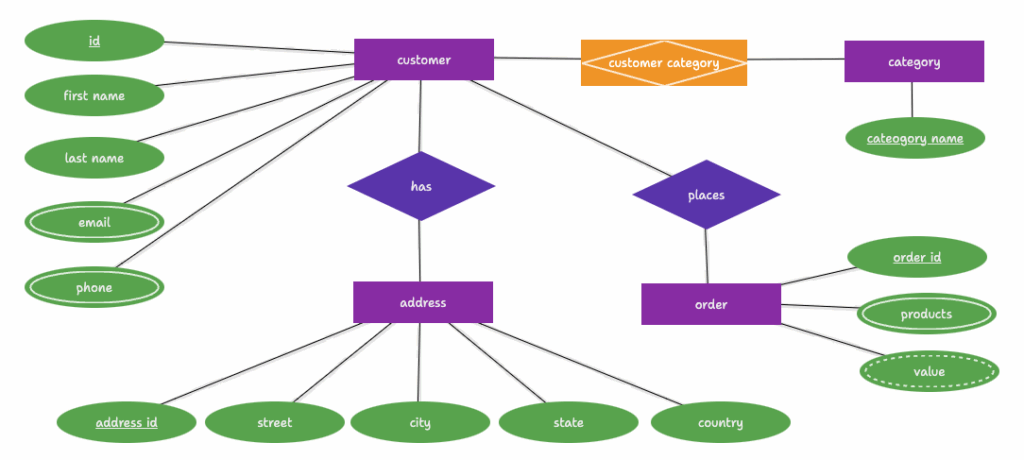
Logical Data Model
Logical data models: These models provide a clearer understanding of the data structure, offering improved visualization of attributes and their relationships. They are also beneficial because they are not tied to any particular database management systems. Logical data models enable you to define M:N relationships, and you can enrich the data model by incorporating captions and descriptions.
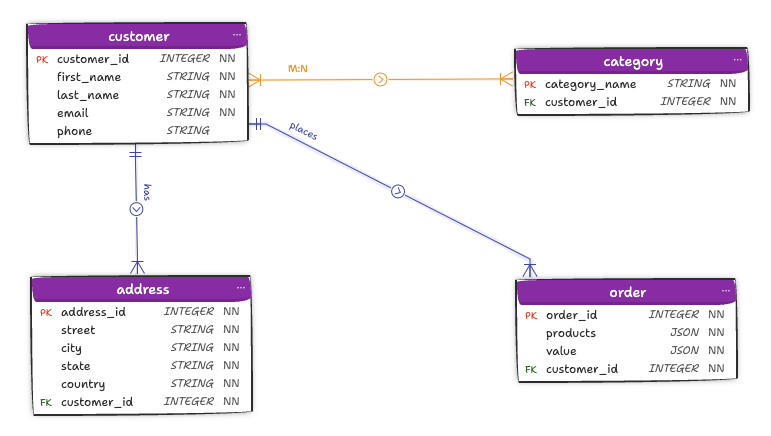
Physical Data Model
Physical data models provide in-depth representations that detail how data is stored physically within the target database. These models often include elements such as composites, domains, and more. Additionally, you can develop physical data models by importing metadata from current databases.
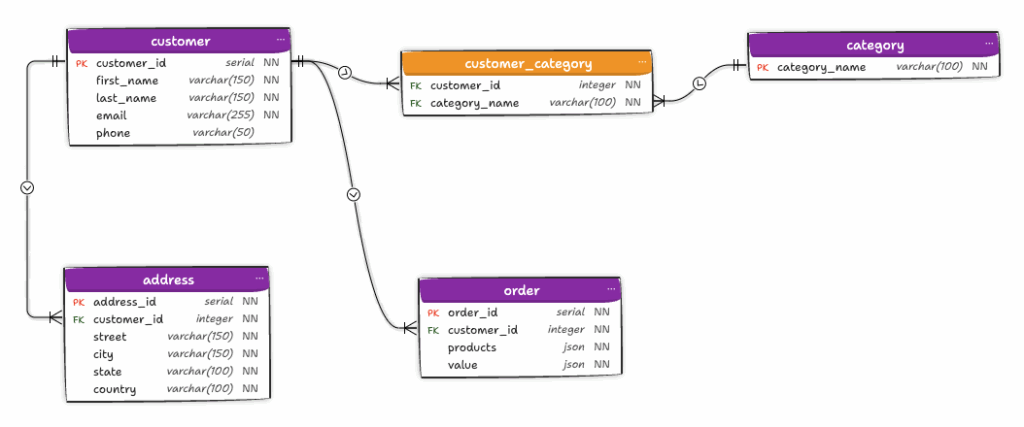
Data Modeling Tools
Creating a data model manually can be quite challenging and prone to errors, particularly with complex databases.
This is where data modeling tools prove to be very useful.
Luna Modeler is a great tool for relational database modeling.
